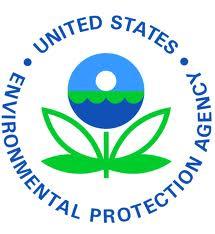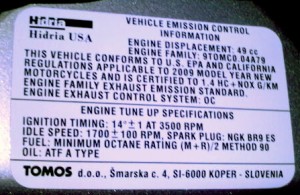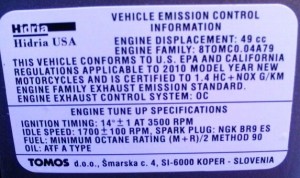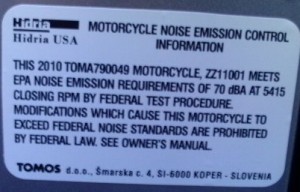Welcome to Myrons Mopeds – Moped Laws – California (each state and country is different).
 There has been confusion throughout the state of California ever since 1996 about the moped laws. Most people think you don’t need a license, if it’s under 50cc and has pedals. The confusion comes from the dual definition of motorized bicycle, which came out in 1996. In the 1970’s when mopeds came to the USA, you did not need a license. Ever since about 1981 you have needed a drivers license on a moped. Since 1989 it’s been a motorcycle class license. From 1996 to 2014, 20 mph 1000 watt electric bicycles don’t need a license. Since 2000, motorized scooter laws came out. In 2014, electric bicycle speed and power limits became 28 mph and 750 watt. California has more motorbike and oddball vehicle laws than most states.
There has been confusion throughout the state of California ever since 1996 about the moped laws. Most people think you don’t need a license, if it’s under 50cc and has pedals. The confusion comes from the dual definition of motorized bicycle, which came out in 1996. In the 1970’s when mopeds came to the USA, you did not need a license. Ever since about 1981 you have needed a drivers license on a moped. Since 1989 it’s been a motorcycle class license. From 1996 to 2014, 20 mph 1000 watt electric bicycles don’t need a license. Since 2000, motorized scooter laws came out. In 2014, electric bicycle speed and power limits became 28 mph and 750 watt. California has more motorbike and oddball vehicle laws than most states.
In a nutshell, the California laws for mopeds are the same as motorcycles, except for the motorized bicycle license plate. The requirements are M2 or M1 drivers license or permit, liability insurance, helmet, moped license plate, plus street legal lighting and safety equipment.
CVC 406(a) defines a “motorized bicycle”, commonly called a moped, as a two- or three-wheeled device having fully operative pedals for propulsion by human power, or having no pedals if powered solely by electrical energy, and an automatic transmission and a motor that produces less than 4 gross brake horsepower and is capable of propelling the device at a maximum speed of not more than 30 miles per hour on level ground.
CVC 312.5(a) defines an “electric bicycle” as a device which has fully operative pedals and an electric motor with an output of not more than 750 watts.
(1) A “class 1 electric bicycle,” or “low-speed pedal-assisted electric bicycle,” is a bicycle equipped with a motor that provides assistance only when the rider is pedaling, and that ceases to provide assistance when the bicycle reaches the speed of 20 miles per hour.(2) A “class 2 electric bicycle,” or “low-speed throttle-assisted electric bicycle,” is a bicycle equipped with a motor that may be used exclusively to propel the bicycle, and that is not capable of providing assistance when the bicycle reaches the speed of 20 miles per hour.(3) A “class 3 electric bicycle,” or “speed pedal-assisted electric bicycle,” is a bicycle equipped with a motor that provides assistance only when the rider is pedaling, and that ceases to provide assistance when the bicycle reaches the speed of 28 miles per hour, and equipped with a speedometer.
24016. (b) A person operating an electric bicycle is not subject to the provisions of this code relating to financial responsibility, driver’ s licenses, registration, and license plate requirements, and an electric bicycle is not a motor vehicle.
California Vehicle Codes – Moped Related
Compiled from the 2016 California Vehicle Code by Shaun Strahm, Myrons Mopeds
Definitions:
312.5(a) Electric bicycle: is a bicycle with operable pedals and an electric motor of less than 750 watts.
(1) A “class 1 electric bicycle,” or “low-speed pedal-assisted electric bicycle,” is a bicycle equipped with a motor that provides assistance only when the rider is pedaling, and that ceases to provide assistance when the bicycle reaches the speed of 20 miles per hour.
(2) A “class 2 electric bicycle,” or “low-speed throttle-assisted electric bicycle,” is a bicycle equipped with a motor that may be used exclusively to propel the bicycle, and that is not capable of providing assistance when the bicycle reaches the speed of 20 miles per hour.
(3) A “class 3 electric bicycle,” or “speed pedal-assisted electric bicycle,” is a bicycle equipped with a motor that provides assistance only when the rider is pedaling, and that ceases to provide assistance when the bicycle reaches the speed of 28 miles per hour, and equipped with a speedometer.
313 Electric Personal Assistive Mobility Device (EPAMD): 2 wheels side by side, 12.5mph max (Segway).
400 Motorcycle: any motor vehicle with 2 or 3 wheels, a seat, and weighs under 1500lbs.
405 Motor-Driven Cycle: any motorcycle less than 150cc, but not a motorized bicycle.
406 Motorized Bicycle: 2 or 3 wheels, pedals & gasoline motor, or no pedals & electric, under 4hp, under 30mph.
407 Motorized Tricycle or Quadricycle: 3 or 4 wheels, gasoline motor, under 2hp, under 30mph.
407.5 Motorized Scooter: 2 wheels, handlebars, designed to be stood upon, and is not 313, 400, 405, 406, or HSC108550.
415 Motor Vehicle: any vehicle that is self-propelled. Exceptions: Motorized wheelchairs, motorized tricycles, and motorized quadricycles are not motor vehicles when driven by disabled persons or senior citizens who are unable to walk. A toy, HSC 108550, is also not a motor vehicle.
467(a) Pedestrian: a person who is afoot or (1) propelled by human power, other than a bicycle, or (2) an electric personal assistive mobility device (EPAMD).
467(b) Pedestrian also includes a person who has difficulty walking and is operating a motorized wheelchair or motorized tricycle.
Motorized Bicycles (Mopeds) CVC 406:
4020. Motorized bicycles are exempt from registration.
5030 Motorized Bicycles 406 (mopeds) are required to have a special license plate.
The DMV Form 230 Motorized Bicycle Instructions and Application (PDF) is one form for four purposes.
1. for original application (when the moped has never had a CA moped plate)
2. for transfer of ownership (when the moped has or once had a CA moped plate, and is sold)
3. for lost plate or document (when either the license plate is lost or the registration document is lost)
4. for if the vehicle has been destroyed or dismantled
The form says to mail it to the Sacramento main DMV. Most of the local DMV offices cannot process Form 230.
The form does not say the fee amount. It was only $5 in the late 80’s and early 90’s.
Since he 2000’s, sending $20 has always been enough. It usually takes 2-3 weeks, but occasionally 2-3 months.
5031 Application Form contents
5032 5-Day grace period (retail sale)
5033 Can apply by mail
5034 Special dealer license plate
5035 10-Day grace period (transfer)
5036 Service Fee of $5
5037 License plate required after 1981
5038 DMV keeps records of stolen mopeds
5039 Moped dealer not required to be licensed
24015 Mopeds must have headlamp, tail lamp, stop lamp, reflectors, mirror, horn & muffler.
23135 Unlawful to drive a modified moped
24015(c) Equipment required on motor-driven cycles & motorcycles does not apply to mopeds
Drivers License Laws:
12500 Unlawful to drive a motor vehicle, motorcycle, or motorized bicycle unless licensed.
12501 Government employees, farm workers, off-highway vehicles don’t need a license.
12502 A nonresident may operate a motor vehicle with a license from their home jurisdiction.
12503 An adult nonresident whose home state or country does not require a drivers license may operate a motor vehicle owned by him without a license for a period of 30 days.
12509(a) Instruction Permit Requirements: must be over age 15 and either is taking or has completed both driver education and driver training, or must be over age 17 ½.
12509(b) Instruction Permits are valid for no more than one year (12 months).
12509(c) For cars, must be with a person over 18 with valid license in the front seat.
12509(d) For motorcycles and mopeds, must not carry a passenger or drive at night or on freeways.
12513 Special Junior Permit Drivers License for persons over age 14:
12513(a) Only issued when there is absolutely no other means of transportation to and from school.
12514 The Junior Permit can last until age 18, but is revoked if violations occur.
12804.9 Drivers License Classes: A(big rig), B(bus), C(car), M1(motorcycle), M2(moped)
12804.9(b)(4) Class M1: 2-wheeled Motorcycles, Motor-driven Cycles, Motorized Bicycles 406
12804.9(b)(5) Class M2: 2 or 3-wheeled Motorized Bicycles 406
12804.9(g) M1& M2 driving test not required if you complete the motorcycle safety class.
12804.9(h) Any licensed driver may operate a short-term rental moped without an M2 endorsement.
12804.9(i) Under 21 must complete the motorcycle safety class to get an M1 or M2 license.
12814.6 Special Drivers License for persons under 18: Requirements and Restrictions.
12814.6(a)(3) Must have had an Instruction Permit for 6 months.
12814.6(a)(4to5) Must have completed drivers education, drivers training, and 50 hours of practice driving.
12814.6(a)(8)(A) First 6 months: Must not drive between 12am and 5am or with anyone under 20 years old unless accompanied by a licensed driver over 25.
12814.6(a)(8)(B) Second 6 months: Must notdrive between 12am and 5am unless with a driver over 25.
12814.6(f) A police officer cannot stop a vehicle only to check for 12814.6(a)(8)(A)or(B) violation.
16020 Financial Responsibility (Insurance) required on all motor vehicles.
Bicycles:
21200 Bicycles driven on public streets are subject to same laws as motor vehicles.
21200.5 Unlawful to drive a bicycle while under the influence of alcohol or drugs.
21201(a) Bicycles must have a rear brake that can skid the tire on dry pavement.
21201(b) Bicycle handlebars must be below the level of the operator’s shoulders.
21201(c) Bicycle size must be small enough to stop with at least one foot on the ground.
21201(d) Bicycles at night must have headlight, rear reflector, pedal and side reflectors.
21201.5 Unlawful to sell a bicycle without reflectors.
21202 Bicycles must stay on the far right of the road way unless it’s unsafe to to so.
21203 Unlawful to hitch rides on another vehicle..
21204 Unlawful to ride a bicycle in any position other than astride a permanent seat.
21205 Unlawful to carry an object that prevents keeping at least one hand on the handlebar.
Bike Paths and Sidewalks:
21206 Local authorities may regulate the operation of bicycles on sidewalks.
21207 Local authorities may establish bicycle paths that are separate from roadways.
21207.5 Motorized bicycles not allowed on bicycle paths unless local authority permits.
21208 When a bicycle lane is alongside a roadway bicycles must ride in it.
21209 Motor vehicles are not allowed in bicycle lanes.
21210 Unlawful to park a bicycle on the sidewalk in a way that blocks pedestrian traffic.
21211 Unlawful for a pedestrian or a vehicle to block a bicycle path.
21212 Persons under 18 years old must wear a bicycle helmet when operating a bicycle.
Motorized Scooters CVC 407.5:
21220 Intent of the Legislature
21221 Same responsibilities as motor vehicles, accident reporting, obeying officers, parking, etc.
21221.5 Can’t drive under the influence
21223 At night must have headlight and reflectors
21224 Insurance and registration not required
21225 Local authority may require registration
21227 Motor must cease to function when throttle is released
21228 Must stay to the right except to pass or avoid hazards
21228 When making a left turn, must stop, dismount, and cross the road as a pedestrian
21229 Must stay in bicycle lane if the roadway has one
21230 May drive on bike trails, unless local authority prohibits.
21235(a) Can’t drive without brakes
21235(b) Can’t drive on streets above 25mph unless in a bicycle lane
21235(c) Must wear a bicycle helmet, properly fastened.
21235(d) Must have a valid drivers license or permit.
21235(e) Can’t carry passengers
21235(f) Must have at least one hand on handlebar
21235(g) Can’t drive on the sidewalk
21235(h) Can’t have handlebars higher than shoulders
21235(i) Can’t park on the sidewalk
21235(j) Can’t hitch a ride on another vehicle
22411 Can’t drive over 15mph
21663 Unlawful to operate or move a motor vehicle on the sidewalk, except electric carts used by postal workers, electric wheelchairs and motorized tricycles used by disabled and elderly.
Golf Carts, Bike Lanes, Freeways, Roller Skates, Misc:
21100.4 Local authorities may regulate electric carts used by postal workers on the sidewalk.
21114.5 Local authorities may allow electric carts on the sidewalk, when operated by postal workers, disabled persons, or persons over 50 years old.
21716 Golf Carts may be driven on streets with a 25mph or less speed limit.
21960 Local authorities may regulate freeway access to pedestrians, bicycles, and motor-driven cycles
21966 Pedestrians not allowed to walk in bicycle lanes when there is a sidewalk next to it.
21967 Local authorities may regulate the operation of skateboards on streets and sidewalks.
21968 Unlawful to operate a motorized skateboard on any street, bike lane, or sidewalk.
21969 Local authorities may regulate the operation of roller skates on streets and sidewalks.
23130.5 Noise limits: big trucks 82dbA, motorcycles 77dbA, all other motor vehicles 74dbA.
Electric Bicycles CVC 312.5:
24016 Special Requirements & Exemptions for Electric Motorized Bicycles 312.5
24016(a)(1) Must meet same federal safety standards as for bicycles.
24016(a)(2) Motor must cease to operate either when brakes are applied or switch is released.
24016(b) Don’t need drivers license, insurance, or registration. 312.5 is not a motor vehicle.
24016(d) Unlawful to modify a motorized bicycle 312.5 to increase it’s speed.
Motorcycle Equipment:
24951(b)(4) Turn signals required on motorcycles and motor-driven cycles made after 1973.
25650 Motorcycle headlights, 1 or 2, must be on at night.
25650.5 Motorcycles made after 1978, headlights, 1 or 2, must be on all the time.
25651 Motor-driven cycle headlights
26709 Mirrors required:1 on motorcycles, 2 on cars, must have clear view of what’s behind.
27150 All motor vehicles must have an adequate muffler.
27800 Unlawful to carry a passenger on a motorcycle or motorized bicycle unless it’s equipped with a passenger seat and passenger footrests.
27801(a) Unlawful to drive a two-wheel motorcycle with a seat height that prevents the driver’s feet from reaching the ground when astride the seat,
27801(b) or with handlebars higher than the level of the driver’s shoulders.
27802 Motorcycle helmets must meet federal standards and be approved.
27803(a) Drivers and passengers of motorcycles and motorized bicycles must wear helmets.
Other Policies:
Persons who have had their drivers license suspended because of a DUI, or revoked because of poor vision or a medical condition such as epilepsy, are sometimes granted an M2-Only driving permit, to-and-from work or school only. The person must be in otherwise good standing for this exception.
Sometimes mopeds are allowed on certain freeways. Every freeway on-ramp has a sign that says “Pedestrians, Bicycles, Motor-Driven Cycles Prohibited”. But on certain stretches where there are no parallel surface roads, bicyclists have lobbied to have the signs removed, or sometimes just the word “Bicycles” blanked out. Wherever they allow bicycles on, there’s always a sign later that says “Bicycles Must Exit”. Local examples are I5 through Camp Pendleton (bicycles only not mopeds), between San Clemente and Oceanside, I15 through the Cajon Pass, from Cleghorn Rd to Hwy 138, I15 through Rancho Bernardo at Lake Hodges. Through ths Santa Ana River corridor along the 91 Freeway there’s a 2 mile strip of bike path, from Green River Rd to Gypsum Canyon. See Laws/Caltrans Policies for how light motorcycles are unfairly prohibited on these and other corridors. Long distance bicycling guide books are a good source of information. So is CABO, California Accociation of Bicycling Organizations website.
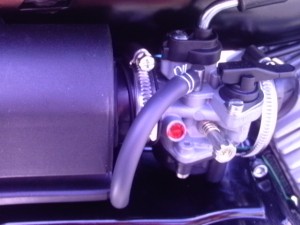
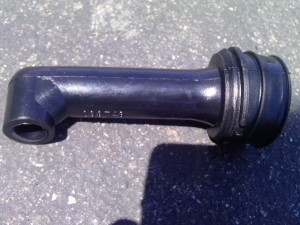
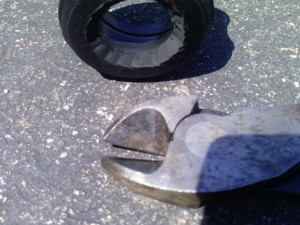
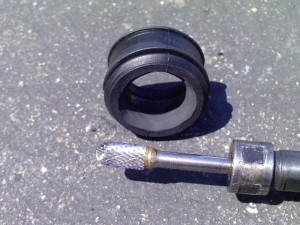
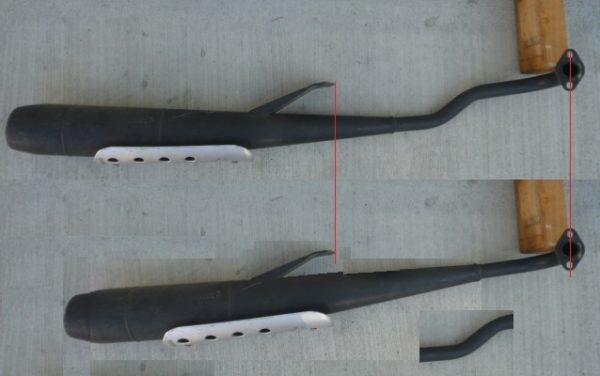
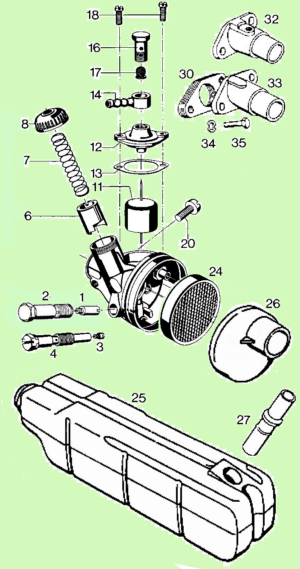
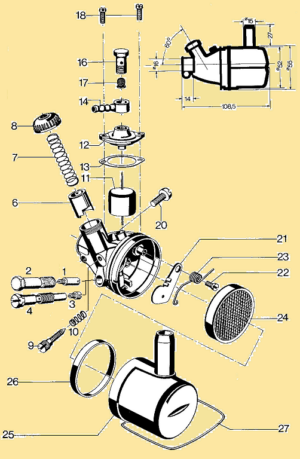
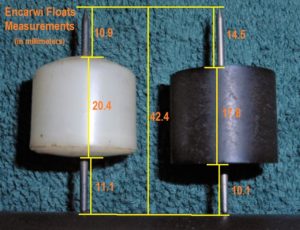
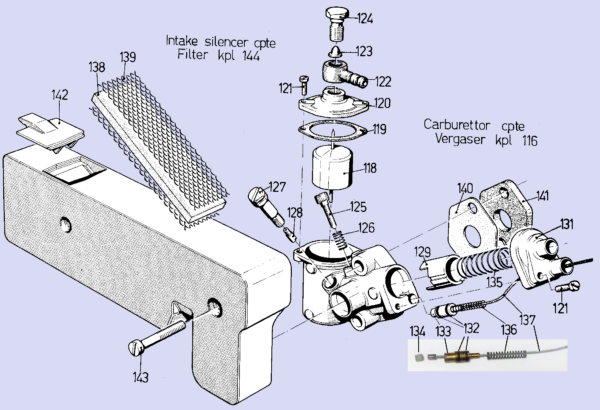

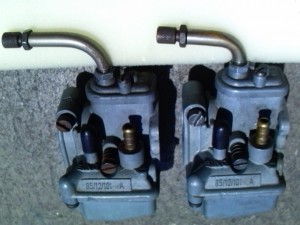
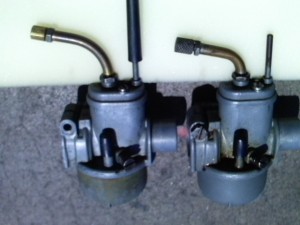
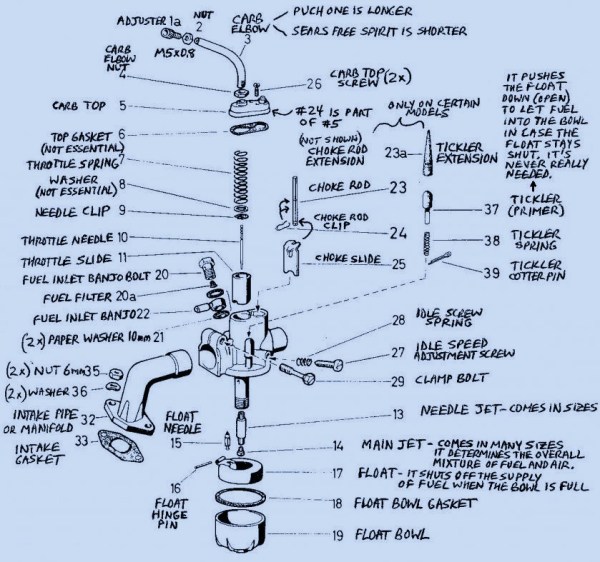
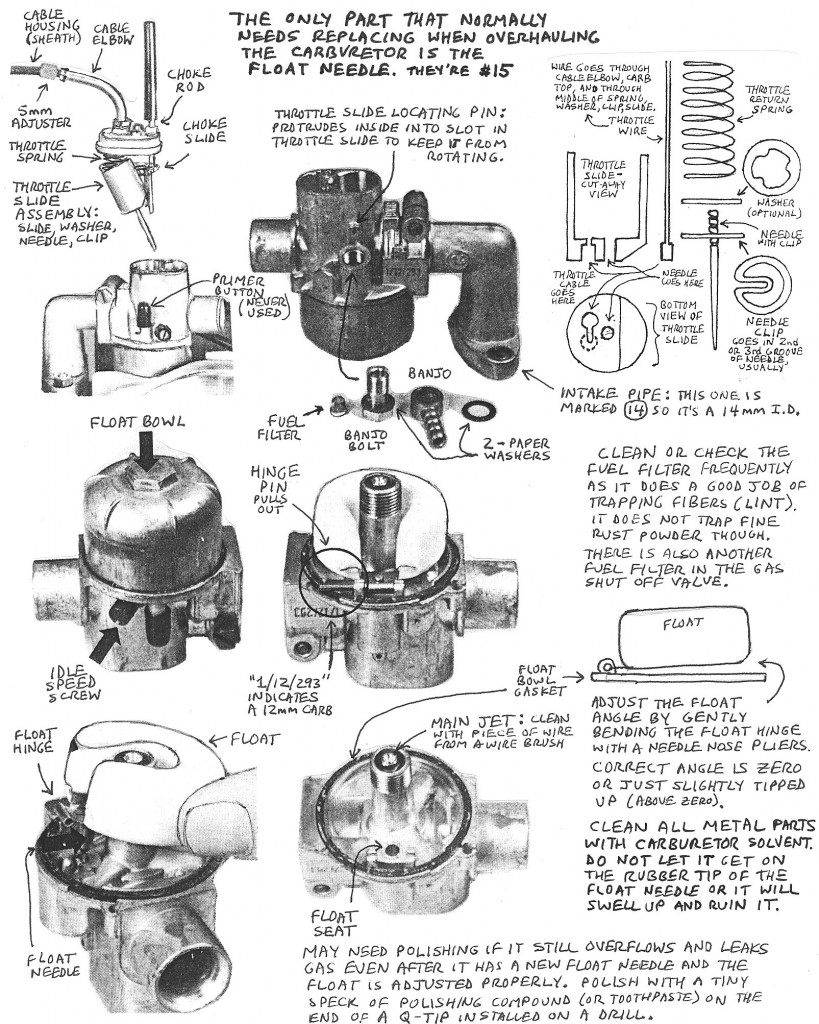
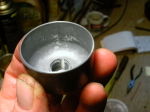

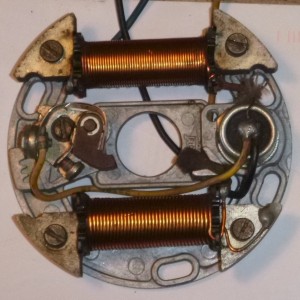

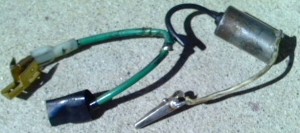

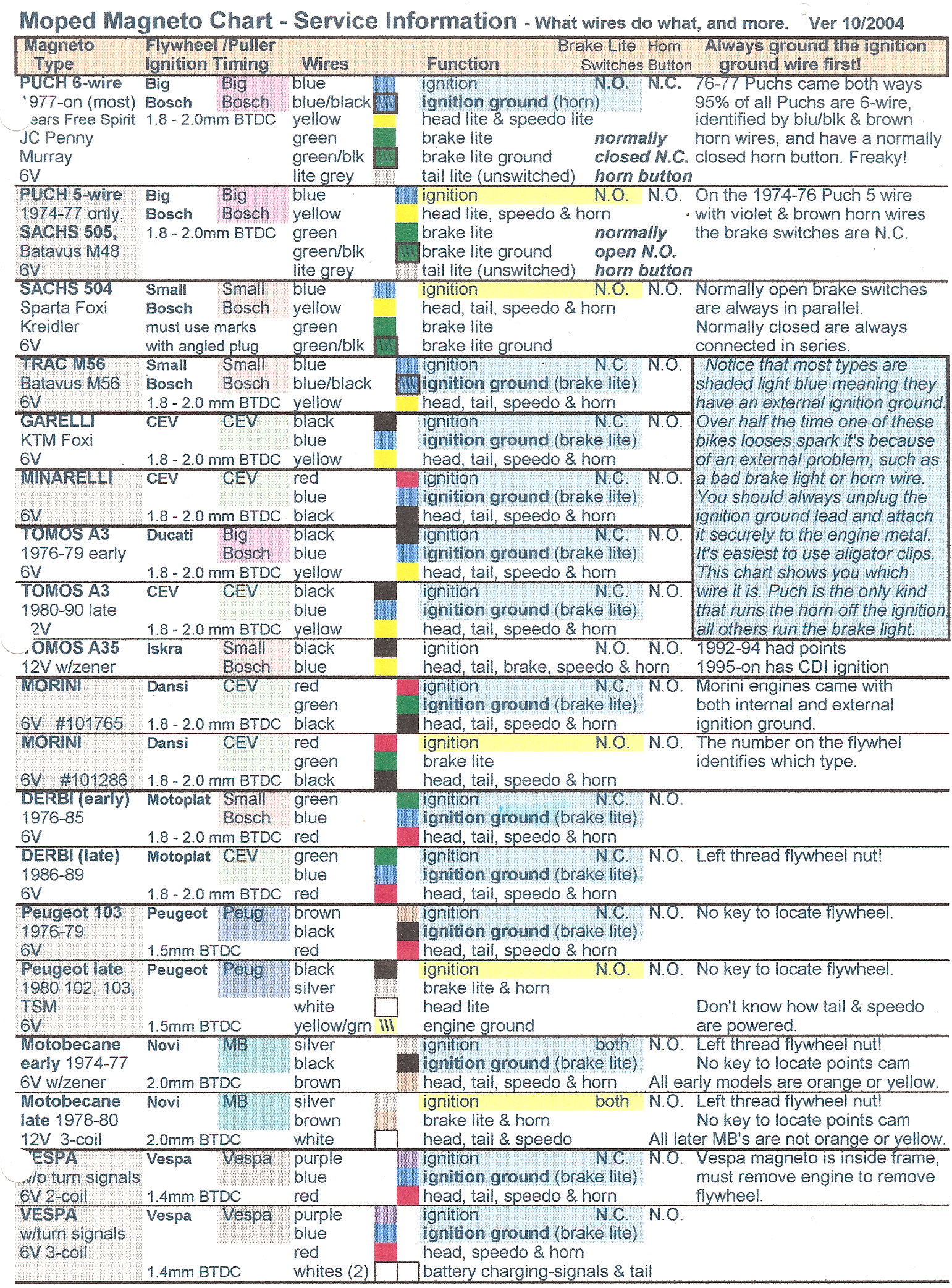
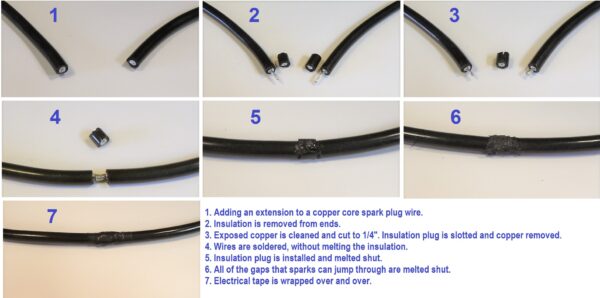

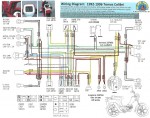
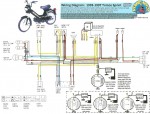
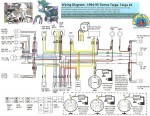
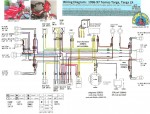
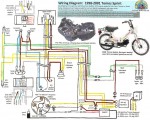
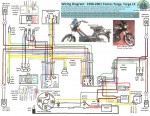
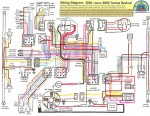
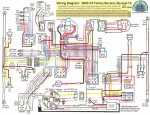
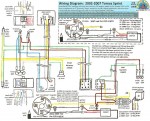
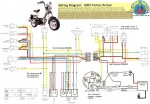
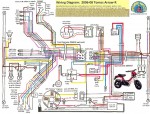
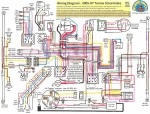
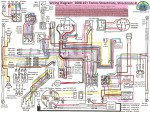
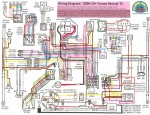
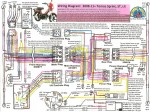
 There has been confusion throughout the state of California ever since 1996 about the moped laws. Most people think you don’t need a license, if it’s under 50cc and has pedals. The confusion comes from the dual definition of motorized bicycle, which came out in 1996. In the 1970’s when mopeds came to the USA, you did not need a license. Ever since about 1981 you have needed a drivers license on a moped. Since 1989 it’s been a motorcycle class license. From 1996 to 2014, 20 mph 1000 watt electric bicycles don’t need a license. Since 2000, motorized scooter laws came out. In 2014, electric bicycle speed and power limits became 28 mph and 750 watt. California has more motorbike and oddball vehicle laws than most states.
There has been confusion throughout the state of California ever since 1996 about the moped laws. Most people think you don’t need a license, if it’s under 50cc and has pedals. The confusion comes from the dual definition of motorized bicycle, which came out in 1996. In the 1970’s when mopeds came to the USA, you did not need a license. Ever since about 1981 you have needed a drivers license on a moped. Since 1989 it’s been a motorcycle class license. From 1996 to 2014, 20 mph 1000 watt electric bicycles don’t need a license. Since 2000, motorized scooter laws came out. In 2014, electric bicycle speed and power limits became 28 mph and 750 watt. California has more motorbike and oddball vehicle laws than most states. 
